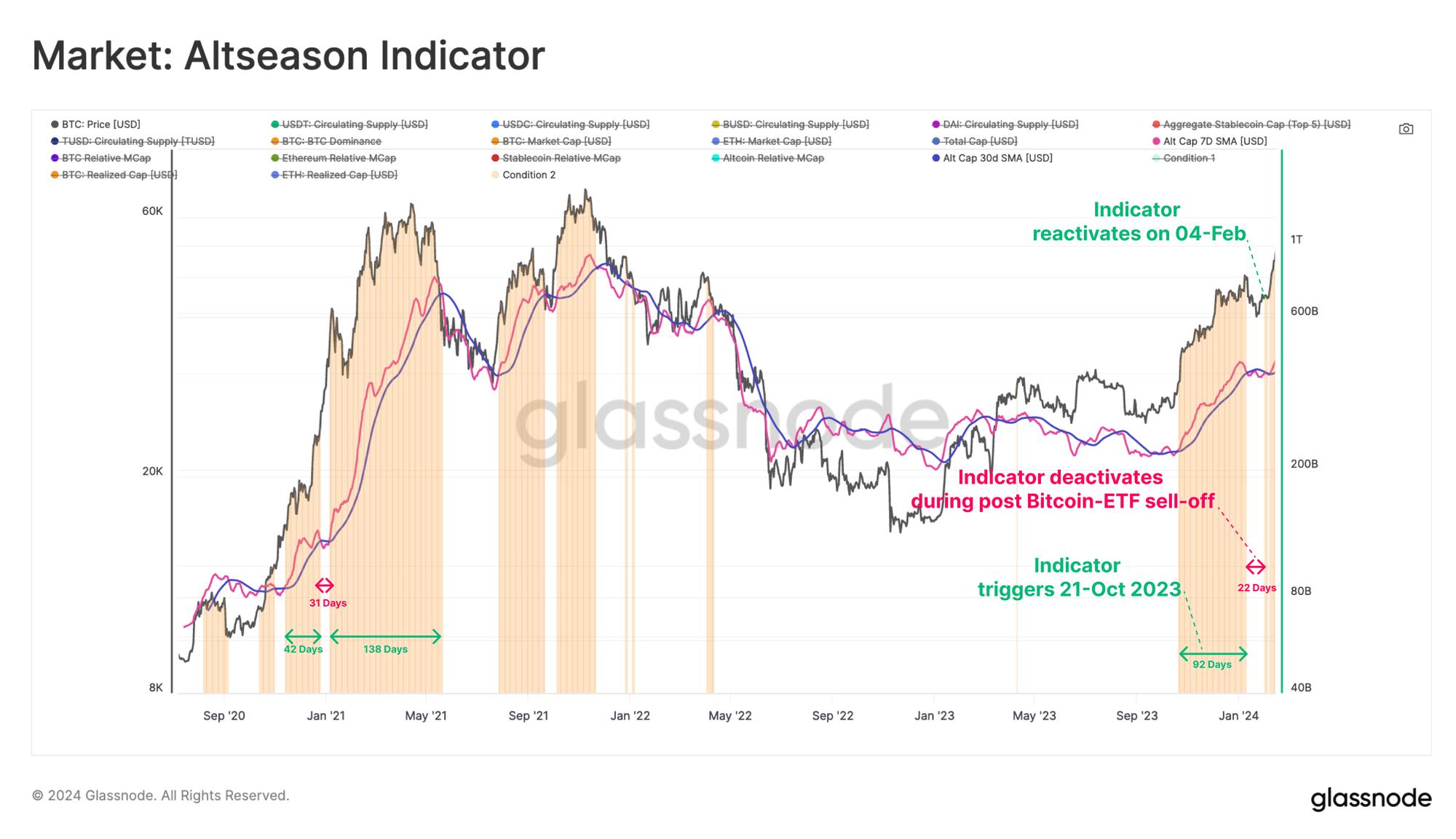The global banking industry faces a complex landscape in 2024. A slowing economy, geopolitical uncertainties, and rapid technological advancements are creating a challenging environment for financial institutions. This article delves into the key trends and challenges shaping the industry, offering insights for banks to navigate uncertainty and thrive in the coming year.
Global Economic Headwinds Test Banking Resilience
The global economic outlook for 2024 remains uncertain. While some economies show resilience, others grapple with inflation, rising interest rates, and geopolitical tensions. This divergence presents a significant challenge for banks, impacting lending activities, investment strategies, and overall profitability.
Key Economic Challenges:
- Slowing Growth: Global economic growth is projected to remain subdued, impacting demand for financial services.
- Inflationary Pressures: Persistent inflation, although easing, continues to impact consumer spending and borrowing costs.
- Interest Rate Hikes: Central banks worldwide are raising interest rates to combat inflation, impacting borrowing costs and potentially slowing economic activity.
Disruptive Forces Reshaping the Banking Landscape
Beyond economic uncertainties, the banking industry faces a wave of disruptive forces transforming its foundational architecture. These forces are compelling banks to adapt their business models, embrace innovation, and prioritize resilience.
Key Disruptive Forces:
- Generative AI: The rapid evolution of artificial intelligence, particularly generative AI, presents both opportunities and challenges. Banks can leverage AI for enhanced customer service, fraud detection, and personalized experiences. However, ethical considerations and responsible AI implementation are crucial.
- Industry Convergence: The lines between traditional banking and other financial services are blurring. Fintech companies and non-financial institutions are entering the market, increasing competition and driving innovation.
- Embedded Finance: The integration of financial services into non-financial platforms, such as e-commerce sites and social media, is gaining traction. Banks need to adapt to this trend and explore partnerships to remain competitive.
- Open Data and Digital Identity: The increasing use of open banking APIs and digital identity solutions is changing how customers interact with their financial data. Banks need to embrace these trends to provide seamless and secure customer experiences.
Retail Banking: Balancing Growth and Innovation
The retail banking sector faces a dual challenge: maintaining profitability in a low-growth environment while adapting to evolving customer expectations and technological advancements.
Key Trends in Retail Banking:
- Digital-First Customers: Consumers are increasingly comfortable with digital banking channels, demanding seamless and personalized experiences.
- Financial Wellness: Customers are looking for guidance and support from their banks to manage their finances effectively.
- Hyper-Personalization: AI and data analytics enable banks to deliver hyper-personalized products and services tailored to individual customer needs.
Strategic Priorities for Retail Banks:
- Enhancing Digital Capabilities: Investing in user-friendly mobile and online banking platforms, incorporating AI-powered chatbots and personalized financial management tools.
- Building Financial Wellness Programs: Offering financial literacy resources, budgeting tools, and personalized advice to empower customers.
- Leveraging Data Analytics: Utilizing customer data to understand behavior patterns, anticipate needs, and provide tailored recommendations.
Investment Banking and Capital Markets: Adapting to New Dynamics
The investment banking and capital markets sector faces a changing landscape marked by increased competition, evolving investor preferences, and regulatory scrutiny.
Key Trends:
- Growth of Private Capital: Private equity, venture capital, and other alternative investment firms are playing an increasingly prominent role in capital markets.
- Demand for ESG-Focused Investments: Environmental, social, and governance (ESG) factors are becoming increasingly important to investors, driving demand for sustainable investment opportunities.
- Regulatory Changes: The banking industry continues to adapt to evolving regulations aimed at enhancing financial stability and consumer protection.
Strategic Priorities:
- Expanding Private Capital Expertise: Developing specialized teams and capabilities to cater to the growing private capital market.
- Integrating ESG into Investment Strategies: Incorporating ESG factors into investment analysis, portfolio construction, and client reporting.
- Strengthening Risk Management and Compliance: Maintaining robust risk management frameworks to navigate market volatility and regulatory changes.
Conclusion: A Call for Agility and Transformation
The banking and capital markets industry is at a pivotal juncture. Navigating the uncertainties of 2024 and beyond requires adaptability, innovation, and a commitment to customer-centricity.
Key Takeaways for Banking Leaders:
- Embrace Technological Advancements: Leverage AI, data analytics, and other emerging technologies to enhance efficiency, personalize experiences, and manage risks effectively.
- Prioritize Customer Centricity: Develop a deep understanding of evolving customer needs and expectations, tailoring products and services accordingly.
- Foster a Culture of Innovation: Encourage experimentation, embrace new ideas, and create an environment that supports continuous improvement.
By embracing these principles, banks can navigate the complexities of the evolving financial landscape and emerge as leaders in the years to come.


